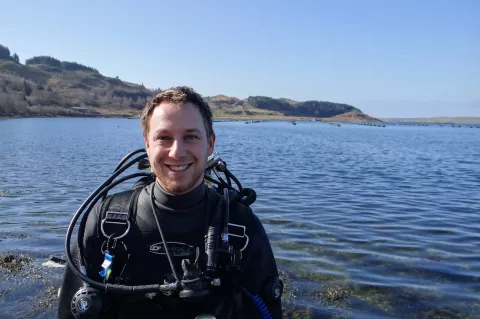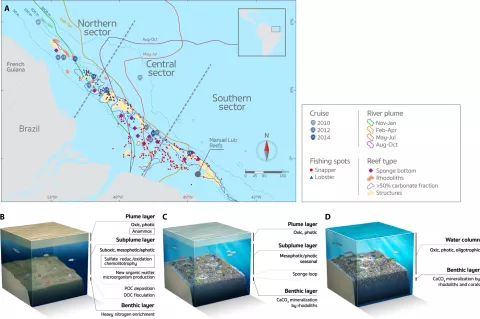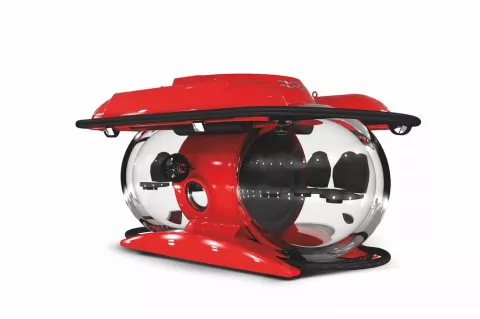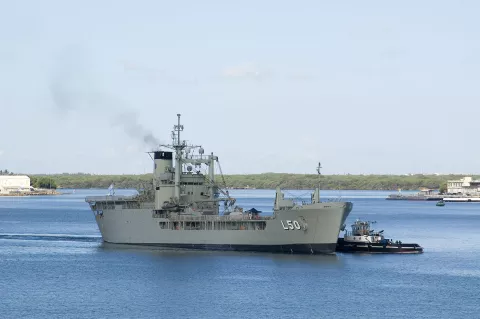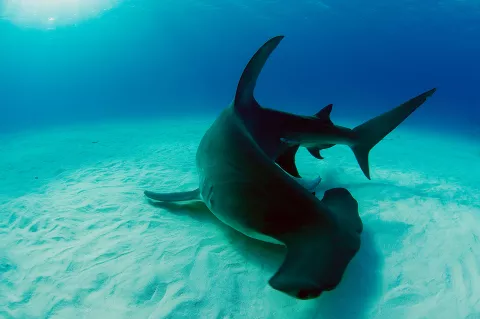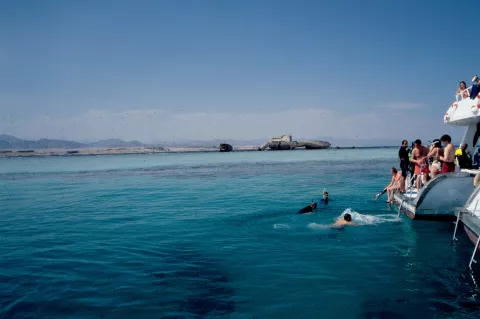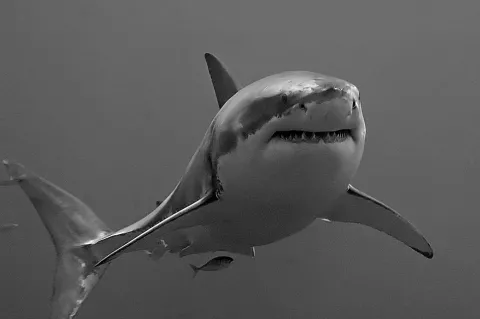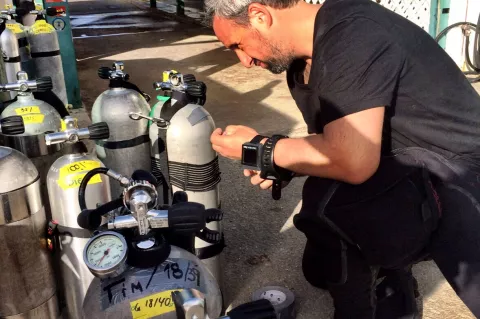Acidification dissolves coral reefs in the Florida keys
For two years, the researchers from University of Miami (UM) Rosenstiel School of Marine and Atmospheric Science collected water samples along the 200-kilometre (124-mile) stretch of the Florida Reef Tract north of Biscayne National Park to the Looe Key National Marine Sanctuary. The data provide a snapshot on the health of the reefs, and establish a baseline from which future changes can be judged.


